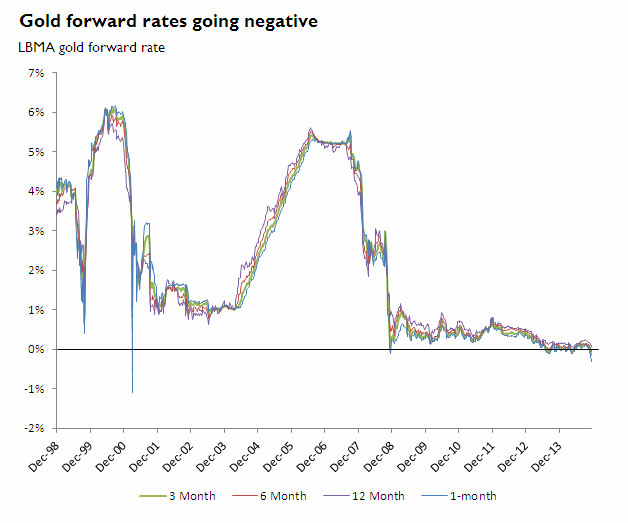9.4
7.550 Reviews

English
EN
The London Bullion Market Association (LBMA) will hold the London Bullion Market Association (LBMA) for the last time on Friday 30 January GOFO rate. The Gold Forward Offered Rate is the fee that banks charge to lend gold for a set period of time in exchange for dollars. Participating banks can disclose the rates they charge to lend gold for maturities of one, two, three, six or twelve months. This rate is used as a benchmark by traders and central banks when they decide to lend gold.
The GOFO rate is set daily by the members of the LBMA, namely Scotia Mocatta, Barclays, HSBC, Goldman Sachs, JP Morgan Chase and UBS. They provide a daily rate, the average of which is calculated. Deutsche Bank and Société Générale already withdrew from this market last year, dropping the number of participants to the minimum requirement of six.
There had been rumours of the termination of the GOFO for some time. The International Organisation of Securities Commissions (IOSCO) is playing an increasingly important role in setting reference prices, which means that banks are faced with more regulation.
Another reason why the GOFO ceases to exist is that participating parties showed less and less interest in swapping gold. Existing swaps will be settled and as of 30 January 2015 no more GOFO rate will be published.
In 2014, the Gold Forward Offered Rate regularly dipped below zero, which means that people had to put up money to borrow gold. This indicates a scarcity in the supply of gold, or at least a reluctance on the part of banks to lend their gold. Normally, the GOFO is positive, because owning gold involves storage costs and owning dollars yields a (minimal) interest rate.
The gold market is in full development. Not only do we see the center of gravity of the physical gold trade moving towards Asia, we also see old symbols slowly but surely disappearing. Last year, the more than century-old fixing of the Gold price and now the Gold Forward Offered Rate is disappearing as well.
In the new gold market, gold will increasingly be seen as a form of savings and central banks will no longer lend their gold to push the price down. In 1999, several European central banks decided to wind down their gold leasing activities. Since then, gold miners have also phased out a large part of the swaps.
Read more about the disappearance of the GOFO in this publication of the LBMA.

The GOFO ceases to exist due to lack of interest
